Kuwait City, one of the Gulf’s lesser-visited capitals, often gets overlooked by travelers in favor of neighboring Dubai or Qatar. And while it’s true that Kuwait City doesn’t boast the same flashy skyscrapers or sprawling amusement parks, it does have its own unique charm.
For those looking for a slower-paced and culturally rich experience, Kuwait City offers enough to keep you occupied for a short stay. Here’s a guide on what you can see and do in the city.
Kuwait Towers: The Iconic Landmark
The Kuwait Towers are perhaps the most recognizable symbol of the country. Built in 1979, these futuristic-looking water towers have become synonymous with Kuwait’s identity. Located on the Persian Gulf, they offer panoramic views of the city and the surrounding coastline. The main tower houses a restaurant and a viewing deck, perfect for taking in the skyline.
Although some might scoff at the idea of visiting water towers, the Kuwait Towers are much more than that. Their architectural design stands as a tribute to the modernization of Kuwait during the oil boom years. Plus, from the top, you can really appreciate the city’s geography—urban, desert, and sea all at once.
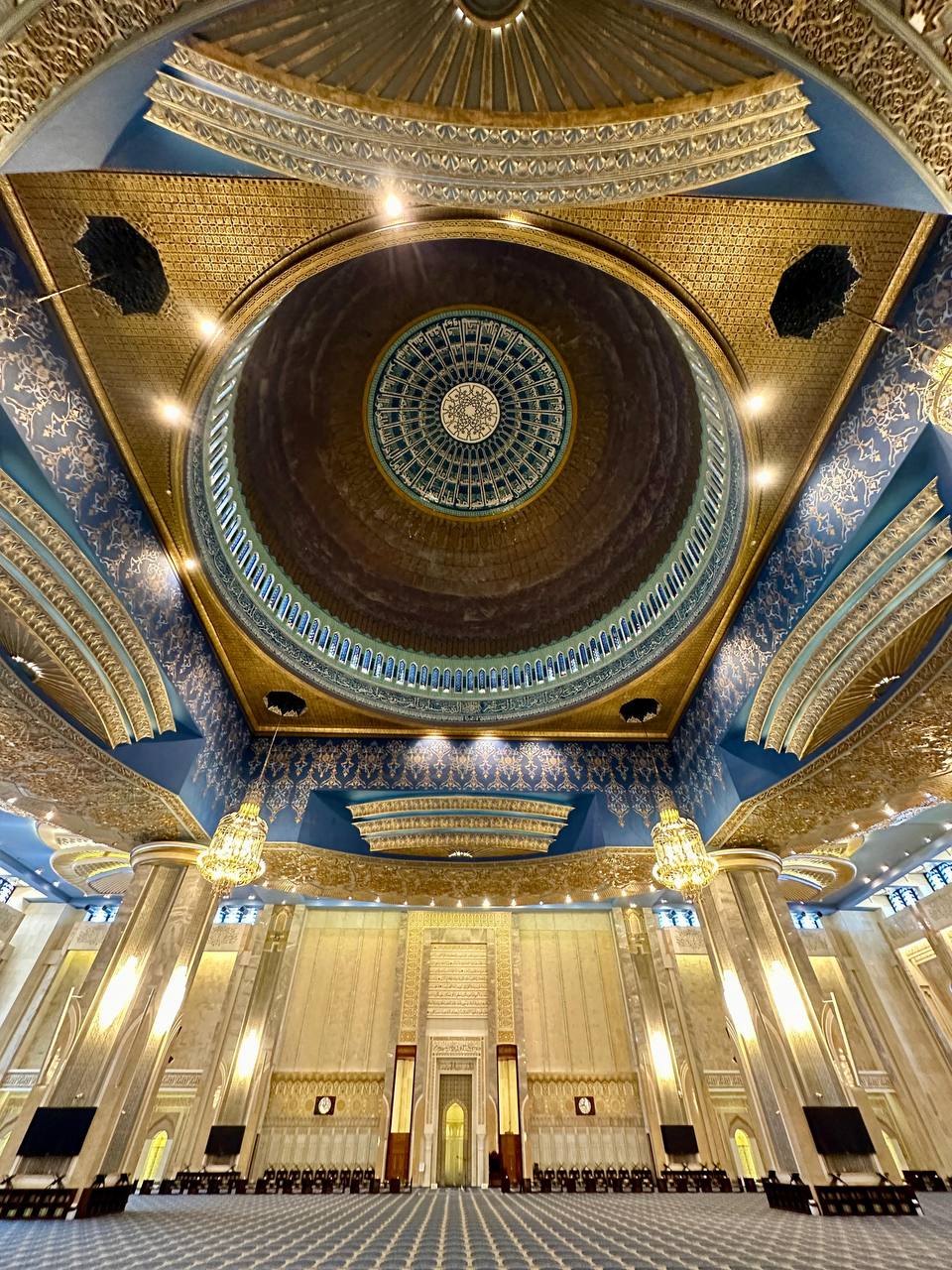
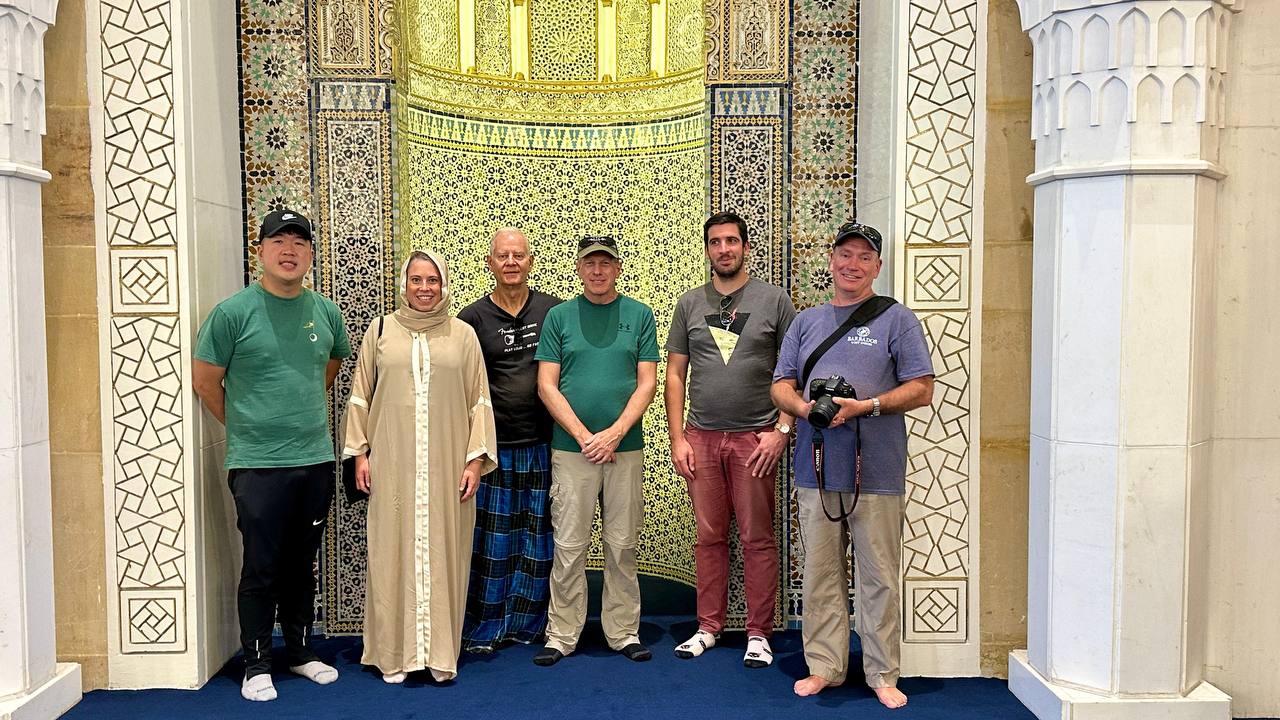
Oil Museum: A Peek into Kuwait’s Wealth
You cannot talk about Kuwait without mentioning oil—the very lifeblood of the nation. The Oil Museum (formally known as the Oil Exhibition Center) tells the story of Kuwait’s transformation from a small desert emirate to one of the richest countries in the world, thanks to the discovery of oil.
It’s an educational experience where you can learn about Kuwait’s history in the oil industry, the process of extracting and refining oil, and the impact it has had on the nation. For fans of industry or history, this museum offers a fascinating glimpse into why Kuwait became such an influential player on the global stage.
To read ably visiting Failaka Islands click here.
Traditional Houses: A Glimpse of the Past
For history buffs, traditional Kuwaiti houses give a rare glimpse into life before the oil boom. One standout is the Bait Al-Othman Museum, which showcases Kuwait’s social history through well-preserved traditional homes. As you walk through the courtyards and rooms, you’ll notice the distinct Arabian Gulf architectural style, featuring shaded courtyards, wind towers, and intricate wood carvings.
Although much of modern Kuwait is built up, these traditional houses provide an important reminder of what life was like before the oil boom changed everything. It’s a peaceful and nostalgic experience, contrasting sharply with the hustle of the modern city.
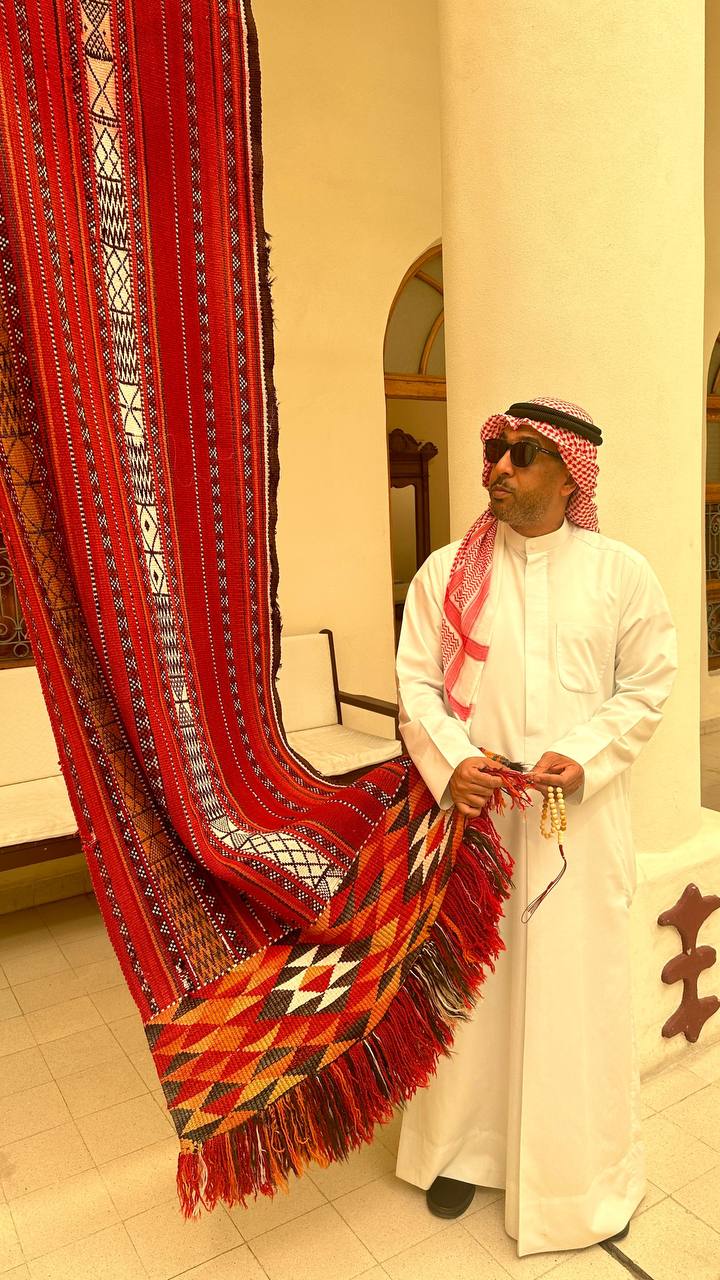
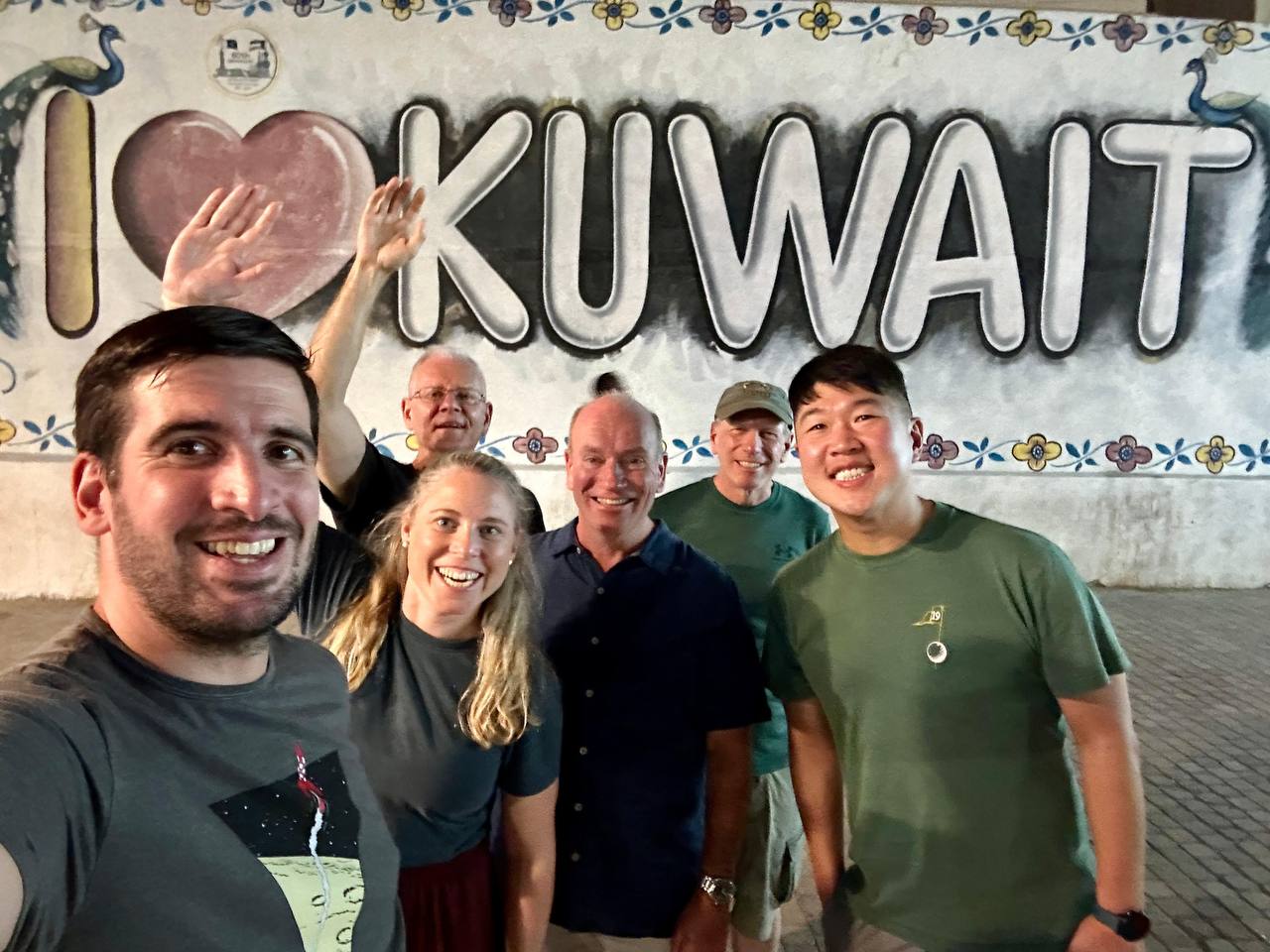
Al Qurain Martyrs House: The Heart of Kuwait’s Resistance
Perhaps one of the most moving sites in Kuwait City is the Al Qurain Martyrs House, which played a significant role during the Iraqi invasion of 1990. This house served as the base for a group of Kuwaiti resistance fighters who battled Iraqi forces during the early days of the occupation.
The house has been preserved as a war memorial, and visitors can see the damage caused during the fighting. It’s a somber reminder of Kuwait’s recent history and a symbol of the Kuwaiti people’s resistance and resilience. For those interested in military history or the Gulf War, this site is a must-visit.
To read about the short lived Republic of Kuwait click here.
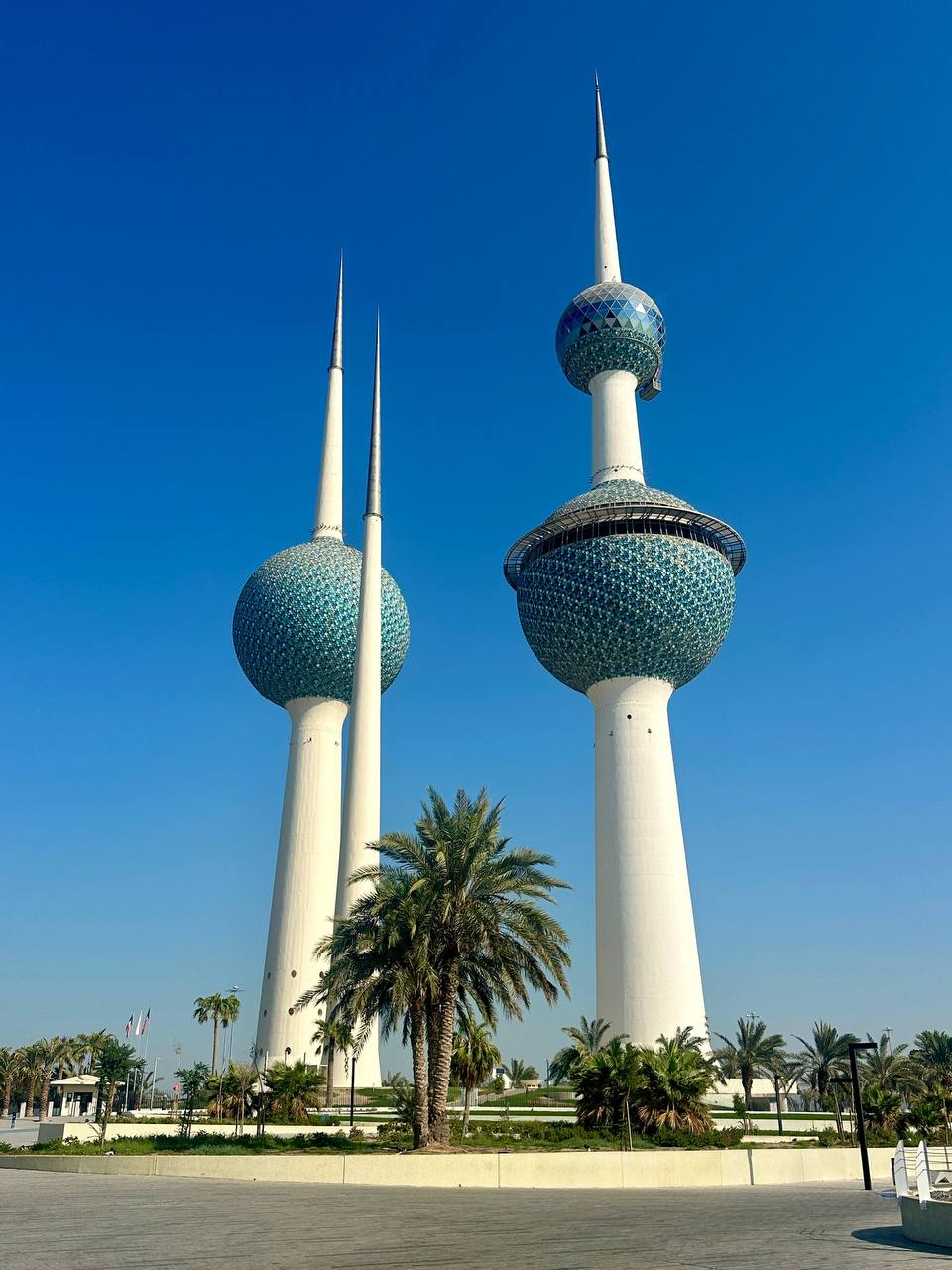
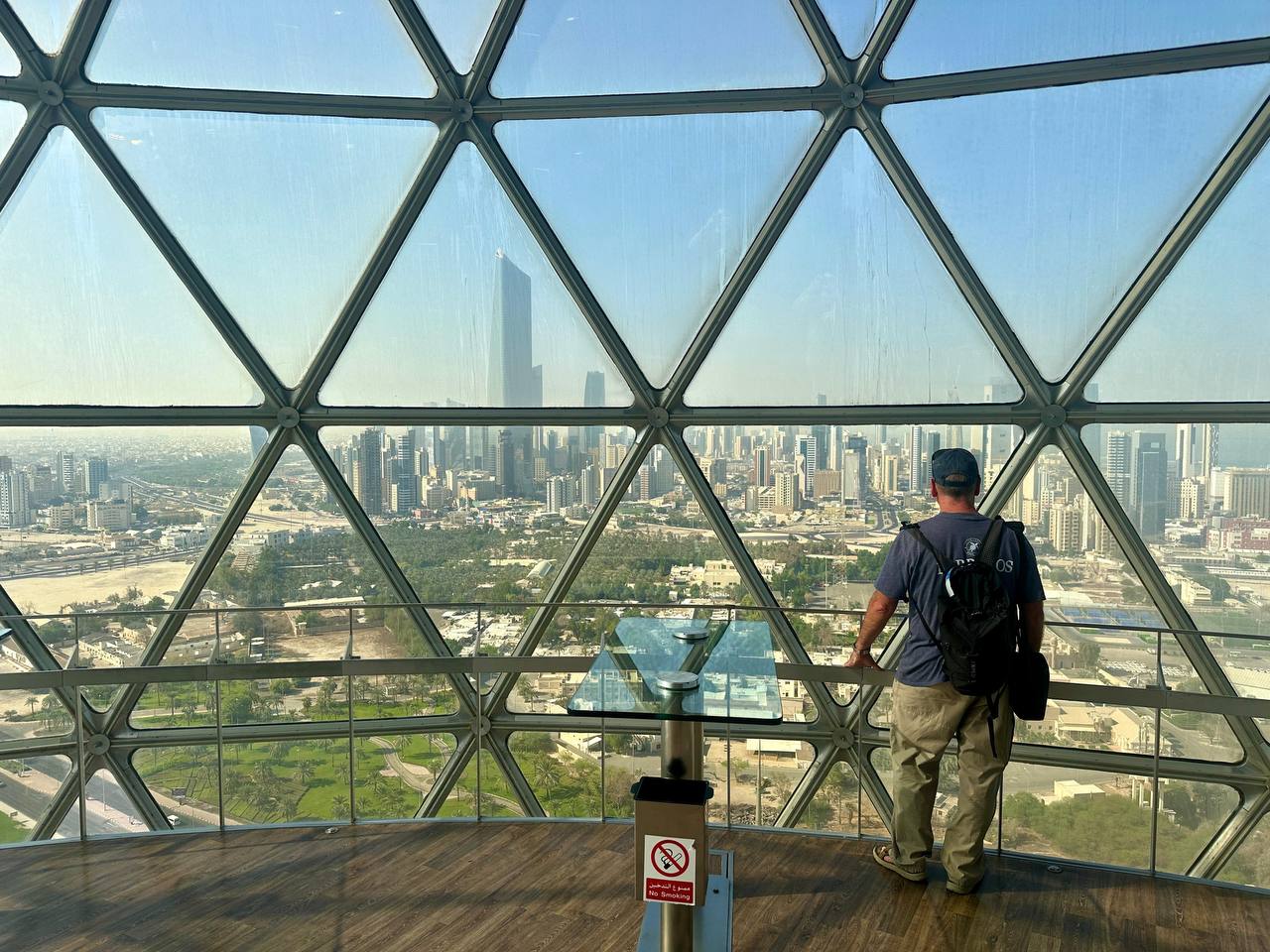
Souqs: The Heartbeat of Kuwait City
No trip to Kuwait City is complete without visiting one of its bustling souqs (markets). The most famous is the Souq Al-Mubarakiya, which is one of the oldest and most authentic markets in the region. Here, you can wander through endless aisles of stalls selling spices, perfumes, traditional clothing, and handicrafts. It’s a sensory overload in the best way possible—bright colors, the smell of fresh spices, and the hum of conversation.
Even if you’re not looking to buy, simply walking around the souq offers a glimpse into Kuwaiti daily life, and you might find yourself tempted by some local treats or a traditional tea at one of the nearby cafes.
The Food Scene in Kuwait City
Let’s be honest: Kuwait City isn’t known for its food scene in the way that Bangkok or Paris might be. Still, there are a few gems to be found. Kuwaiti cuisine itself is a fusion of Arab, Persian, and Indian flavors, largely influenced by its position as a historic trade route.
If you’re adventurous, you can try machboos (a spiced rice dish with meat, usually chicken or lamb) or mutabbaq samak (a rice and fish dish). Kuwait’s multicultural population means that you’ll also find plenty of international options, from Lebanese to Indian and even American fast food chains.
However, street food culture isn’t as prevalent here as it is in other Middle Eastern countries. Most eating is done in restaurants or cafes. Still, you can find snacks like falafel, shawarma, and kebabs in small eateries dotted throughout the city, especially near the souq.
To read about drinking in Kuwait click here.
Is There Much to Do in Kuwait City?
Let’s be frank—Kuwait City isn’t teeming with attractions. It’s not the kind of place where you’ll spend weeks exploring endless museums or hiking through natural wonders. But that’s part of its charm. It’s a destination for those who appreciate quiet exploration, history, and the realities of modern life in a Gulf nation that’s managed to stay a bit off the tourist radar.
In the end, Kuwait City offers enough for a few days of exploration, especially if you’re someone who enjoys delving into a country’s history and culture. It’s a place where the modern and traditional exist side by side, and where you can witness the transformation of a nation built on oil wealth, all while enjoying the genuine hospitality of the Kuwaiti people.
If you’d like to visit Kuwait City with Young Pioneer Tours then check out the following link.





